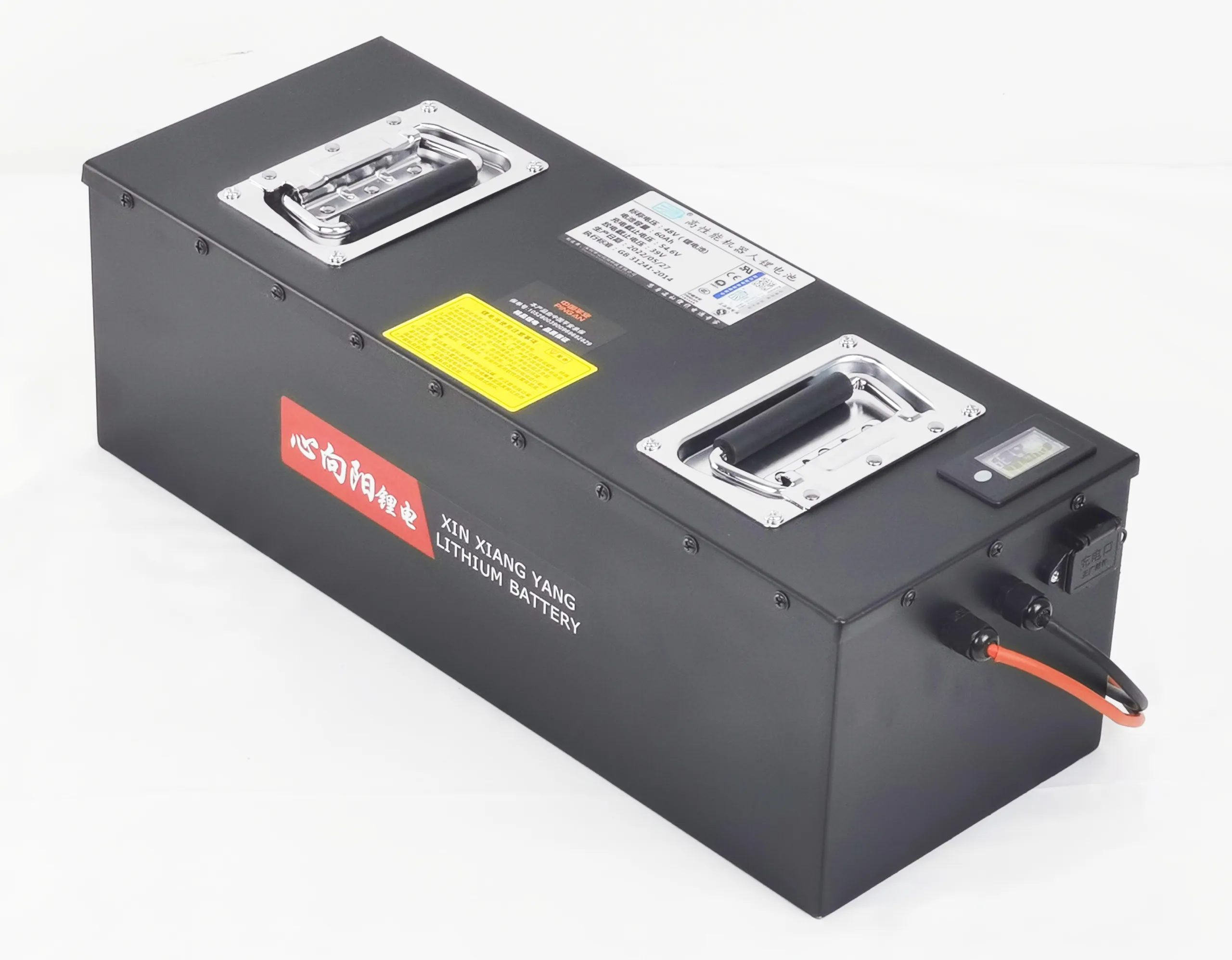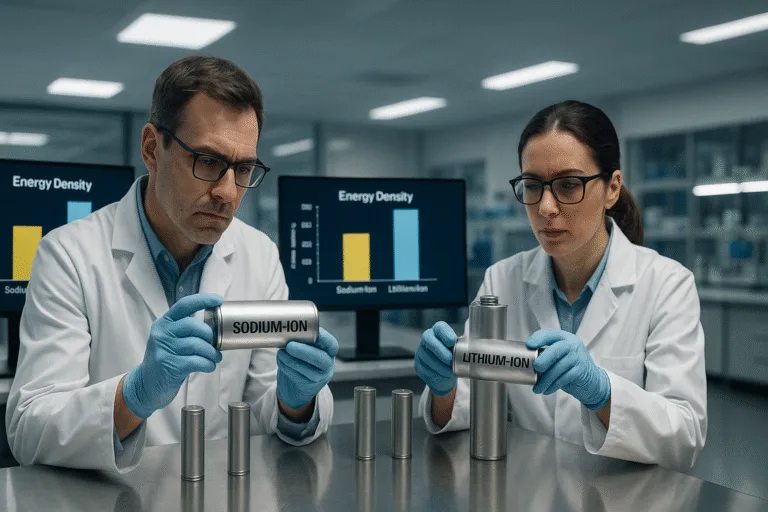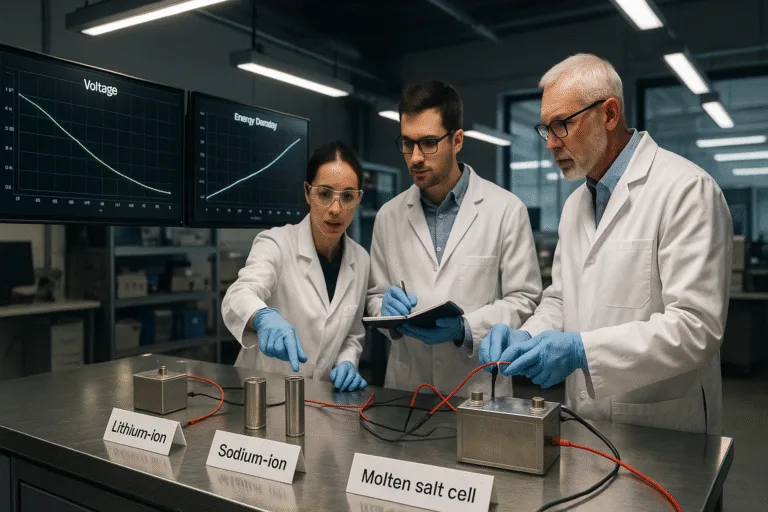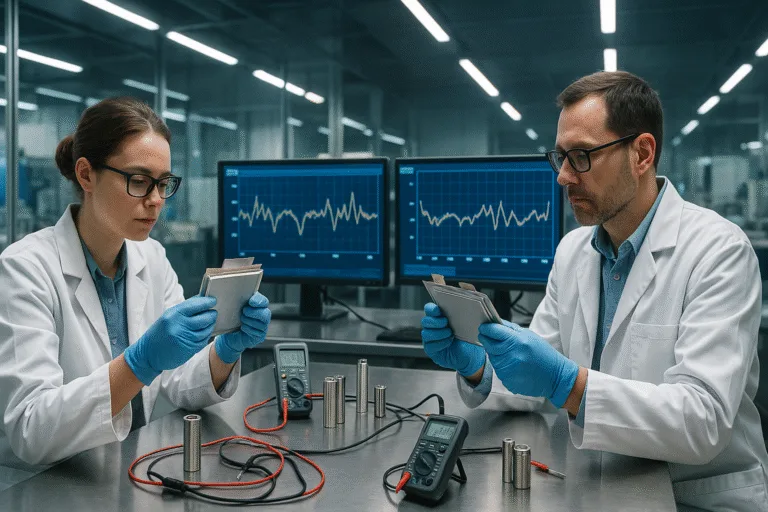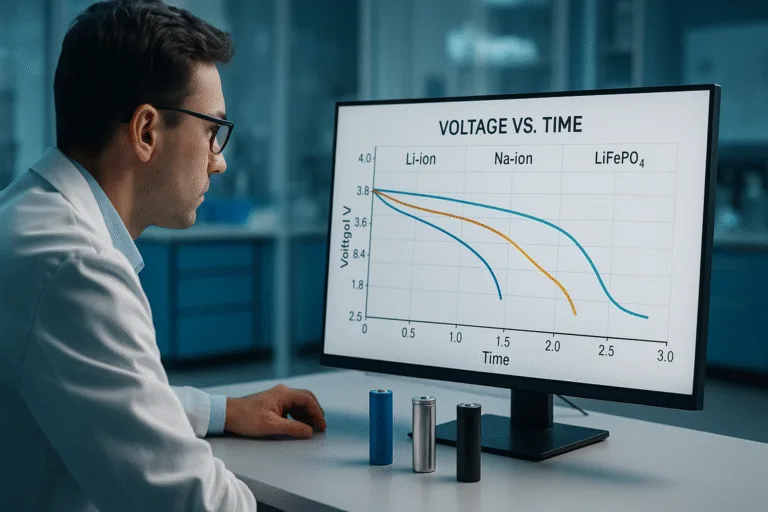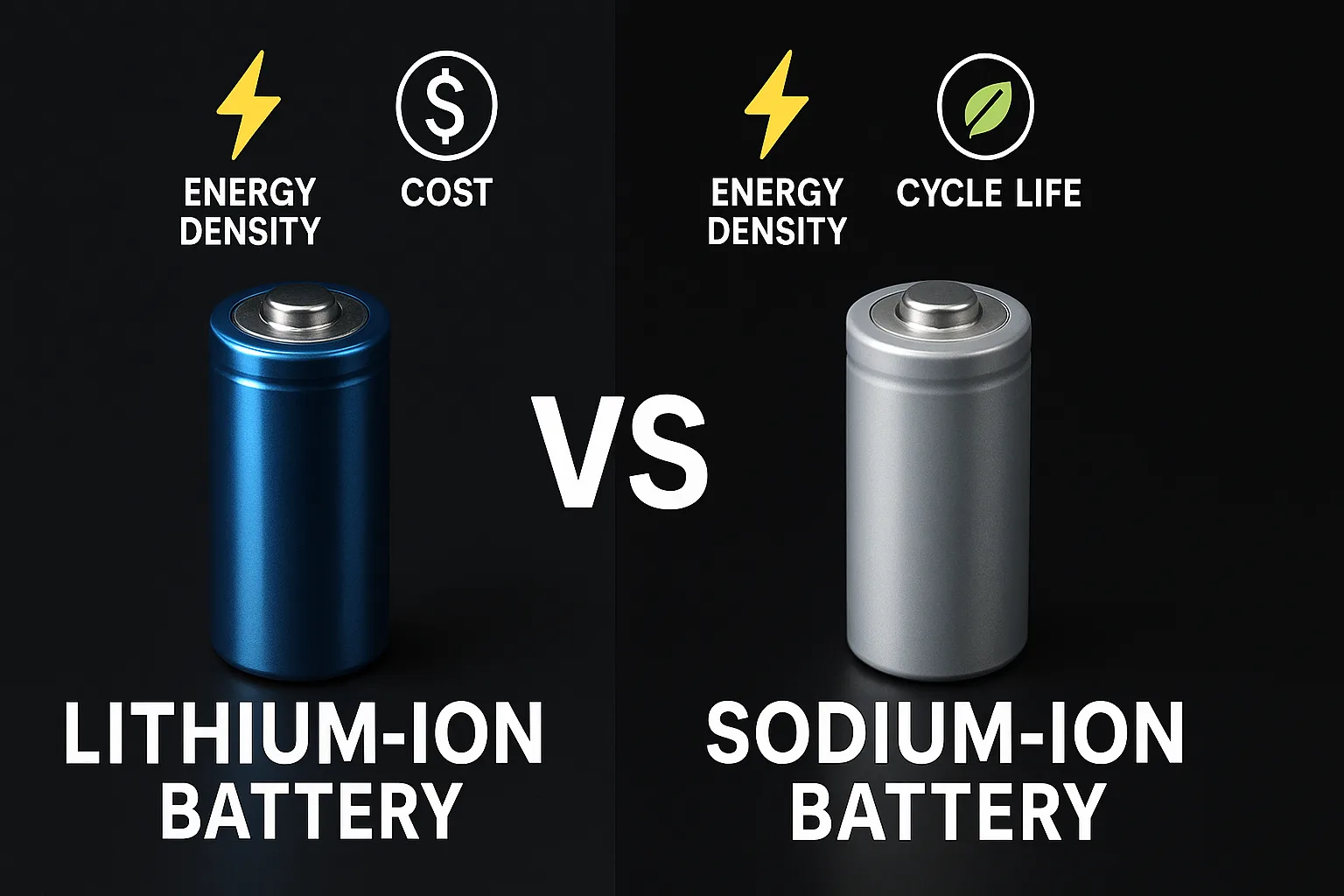
Confused about choosing between sodium-ion and lithium-ion batteries? You’re not alone. With increasing battery choices, clearly understanding the differences helps make informed decisions.
Sodium-ion batteries use sodium ions instead of lithium ions, offering advantages like lower cost and abundant materials, but typically have lower energy density and shorter lifespans compared to lithium-ion batteries.
In my experience guiding clients through battery technology choices, clarity on differences significantly simplifies decision-making.
How Does the Energy Density of Sodium-Ion Batteries Compare to Lithium-Ion?
Wondering if sodium-ion batteries1 offer similar energy performance to lithium-ion batteries2?
Sodium-ion batteries generally have lower energy density3—about 100–160 Wh/kg—compared to lithium-ion batteries, which typically range from 150–250 Wh/kg. This means sodium-ion batteries store less energy in the same space or weight.
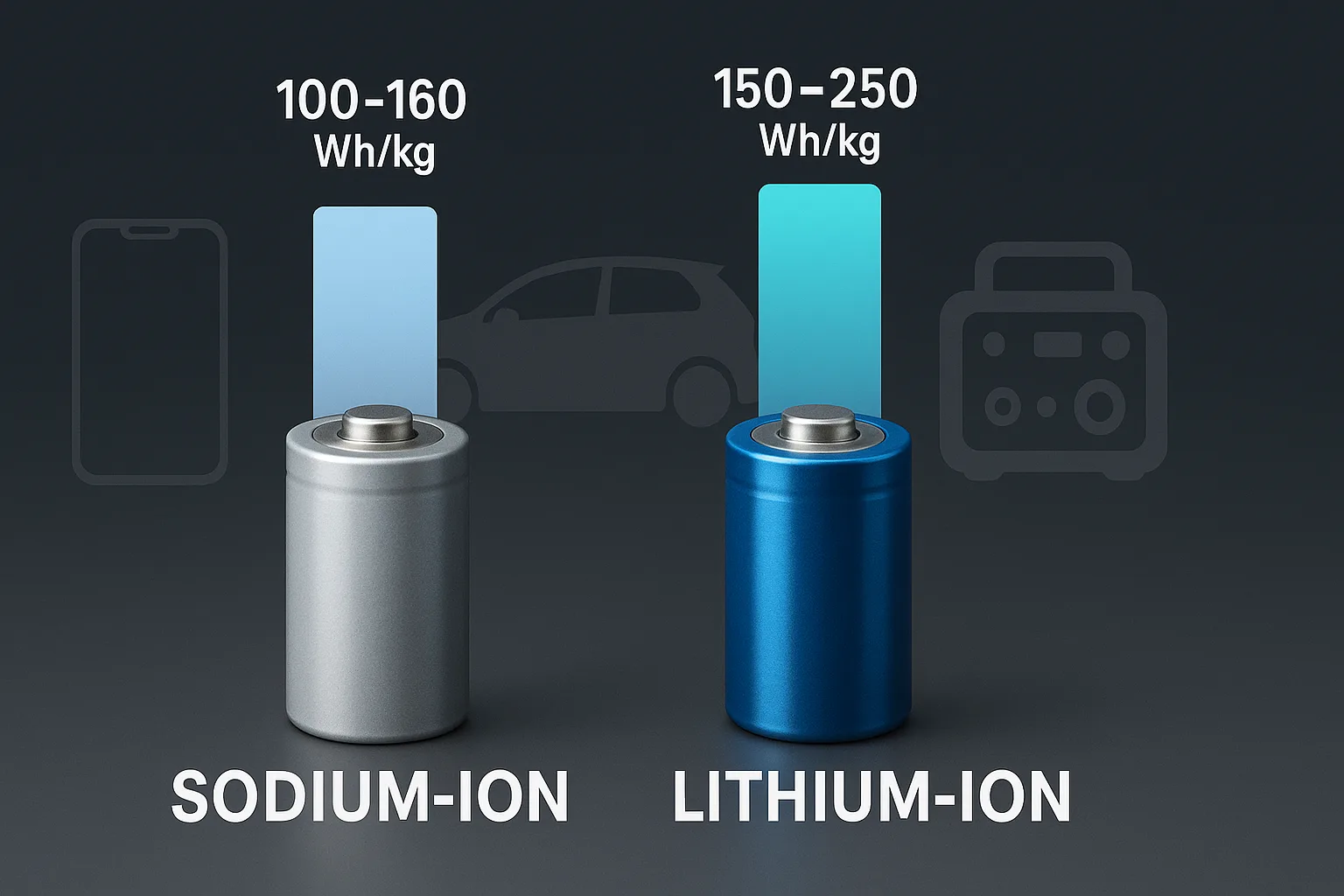
Energy Density Comparison
Energy density significantly affects battery size and application suitability:
| Battery Type | Typical Energy Density | Practical Implication |
|---|---|---|
| Sodium-Ion | 100–160 Wh/kg | Larger, heavier batteries |
| Lithium-Ion | 150–250 Wh/kg | Compact, lightweight batteries |
This lower energy density means sodium-ion batteries are ideal for stationary applications but less suitable for portable devices and electric vehicles.
Are Sodium-Ion Batteries Cheaper than Lithium-Ion Batteries?
Considering battery cost? You’re probably curious whether sodium-ion batteries4 are truly more affordable.
Yes, sodium-ion batteries are typically cheaper due to the abundance and low cost of sodium materials. However, current limited production scales and emerging supply chains can initially offset some cost advantages.
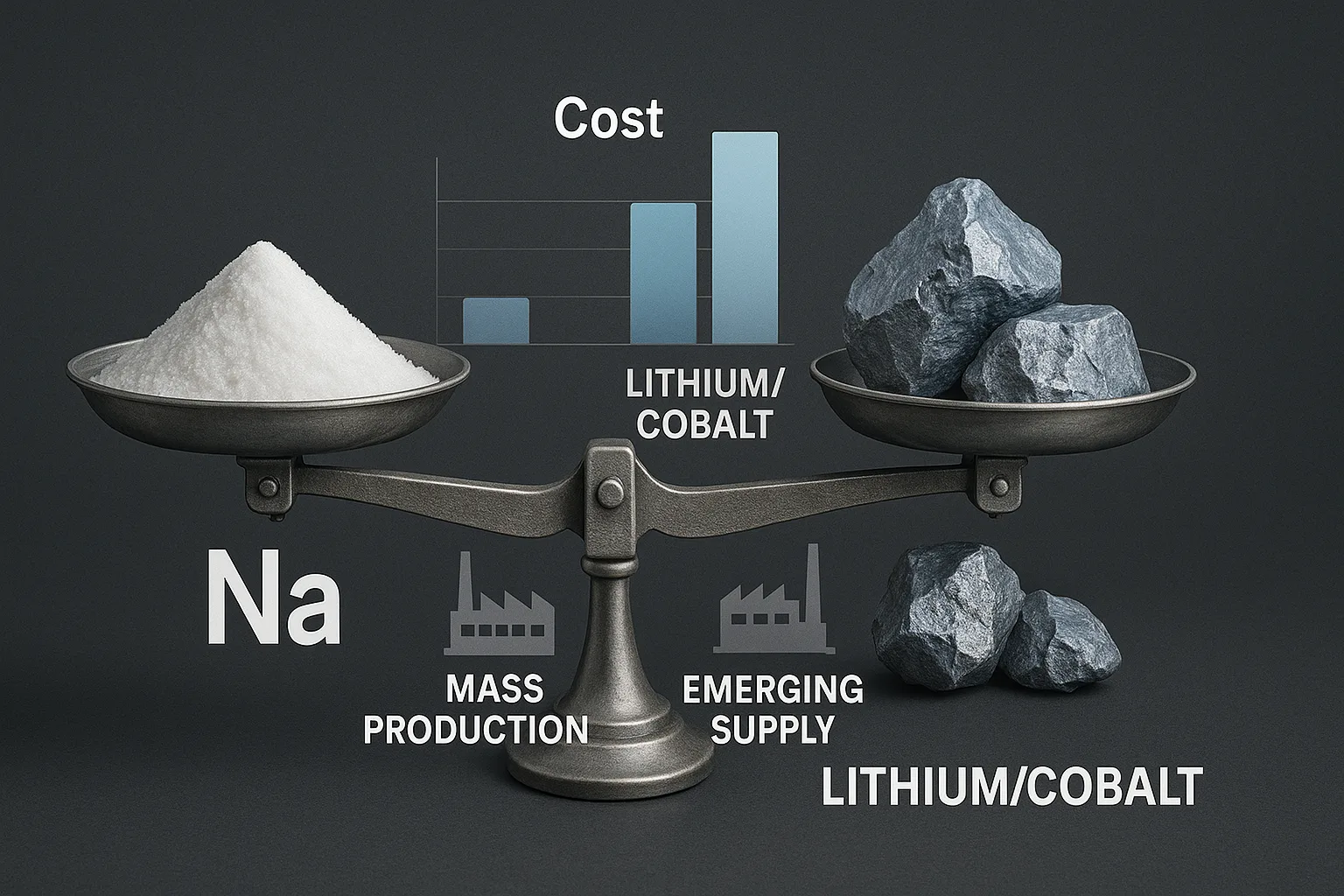
Cost Comparison Between Sodium-Ion and Lithium-Ion Batteries
Let’s break down why sodium-ion batteries are potentially cheaper:
| Cost Factors | Sodium-Ion Batteries | Lithium-Ion Batteries |
|---|---|---|
| Raw Materials | Abundant, inexpensive sodium | Scarce, expensive lithium, cobalt |
| Manufacturing Scale | Currently limited | Mass production established |
| Overall Cost Impact | Potentially lower long-term | Currently lower short-term |
As sodium-ion battery production scales, cost savings will become clearer and more pronounced.
How Do Sodium-Ion Batteries Compare with LiFePO₄ Batteries5?
Comparing sodium-ion batteries with LiFePO₄ (lithium iron phosphate) batteries? Here’s a clear explanation.
Sodium-ion batteries share similar safety and sustainability advantages with LiFePO₄ batteries but generally have slightly lower energy density, shorter cycle life, and less commercial maturity.
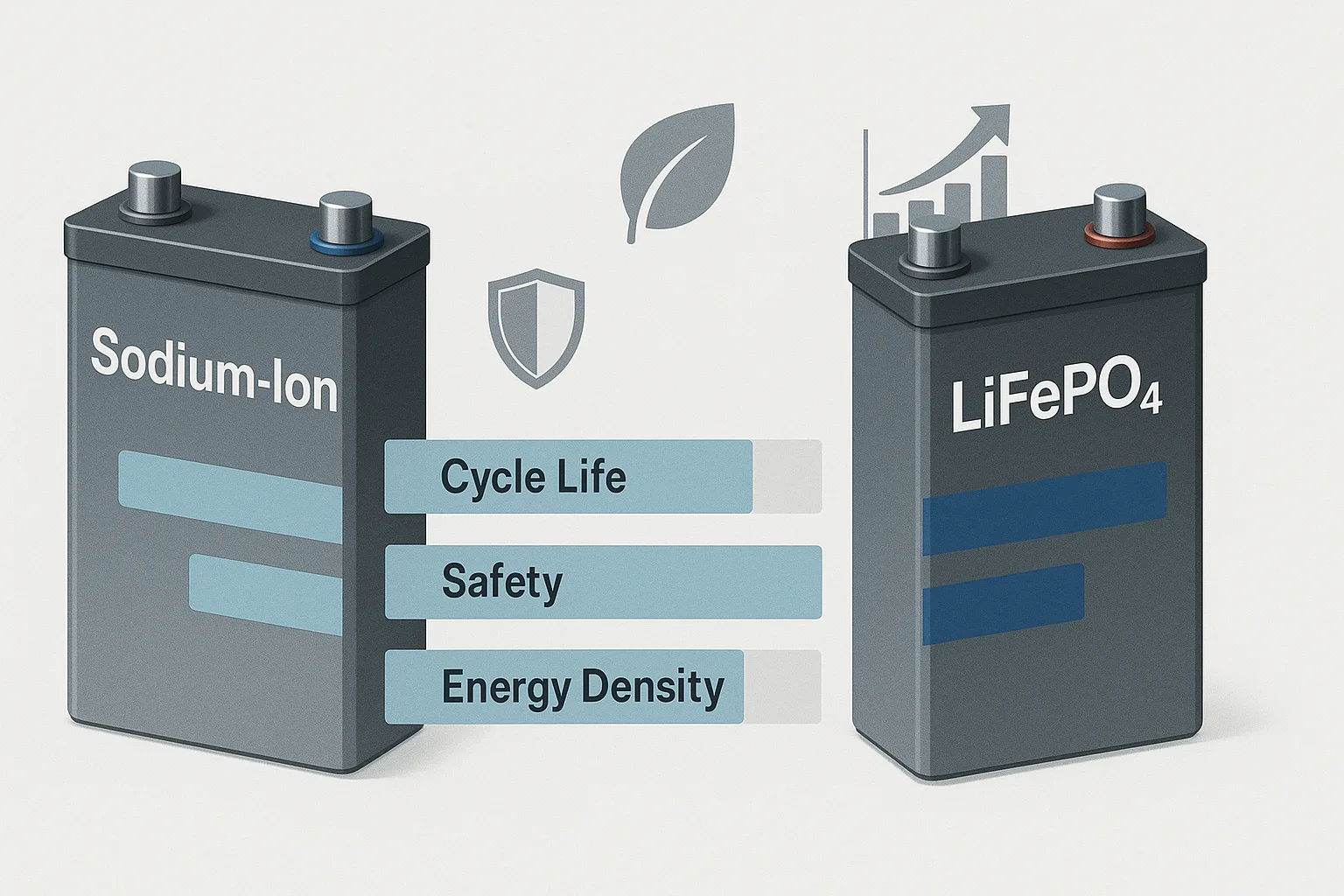
Detailed Comparison with LiFePO₄ Batteries
Here’s a direct comparison to illustrate key differences clearly:
| Feature | Sodium-Ion Batteries | LiFePO₄ Batteries |
|---|---|---|
| Energy Density | Moderate (100–160 Wh/kg) | Moderate (140–170 Wh/kg) |
| Safety | High | Very high |
| Cost | Potentially lower | Moderate |
| Cycle Life | Moderate (1000–3000 cycles) | Excellent (2000–5000 cycles) |
| Commercial Availability | Limited, emerging | Widely available |
LiFePO₄ batteries currently have broader commercial use, whereas sodium-ion is promising for future affordability and sustainability.
Can Sodium-Ion Batteries Replace Lead-Acid Batteries?
Exploring battery replacements for lead-acid technology? Sodium-ion batteries might be the answer.
Yes, sodium-ion batteries can effectively replace lead-acid batteries6, offering longer lifespan, improved efficiency, better environmental impact7, and enhanced safety, though initial costs and availability are current limitations.

Sodium-Ion vs Lead-Acid Batteries
Let’s compare sodium-ion and lead-acid batteries to evaluate replacement potential:
| Feature | Sodium-Ion Batteries | Lead-Acid Batteries |
|---|---|---|
| Lifespan | Longer (1000–3000 cycles) | Shorter (300–600 cycles) |
| Energy Density | Higher (100–160 Wh/kg) | Low (30–50 Wh/kg) |
| Maintenance | Minimal | Regular required |
| Environmental Impact | Better, easily recyclable | Poor, hazardous materials |
| Initial Cost | Higher initially | Lower |
While sodium-ion initially costs more, their long-term benefits significantly outweigh traditional lead-acid technology, especially in renewable energy storage.
Conclusion
Understanding the differences between sodium-ion and lithium-ion technologies—including cost, energy density, and applications—enables informed battery choices. Sodium-ion batteries offer promising benefits, particularly for stationary and sustainable energy storage.
-
Explore the benefits and limitations of sodium-ion batteries to understand their potential applications better. ↩
-
Stay updated on the latest innovations in lithium-ion technology to compare with sodium-ion developments. ↩
-
Understanding energy density is crucial for evaluating battery performance and suitability for various applications. ↩
-
Explore this link to understand the cost benefits and future potential of sodium-ion batteries compared to lithium-ion alternatives. ↩
-
Discover the essential characteristics of LiFePO₄ Batteries, including their safety and cycle life, which make them a popular choice in various applications. ↩
-
Learn about the limitations of lead-acid batteries and why newer technologies like sodium-ion are gaining traction in the market. ↩
-
Explore the environmental benefits of Sodium-Ion Batteries, which are crucial for sustainable energy solutions and reducing hazardous waste. ↩

